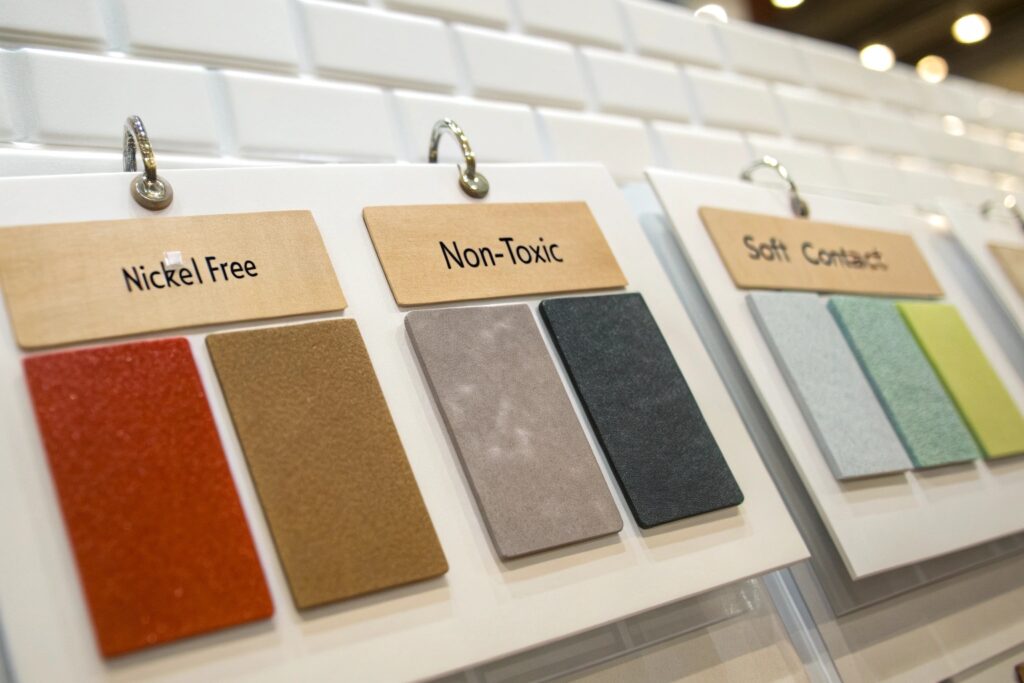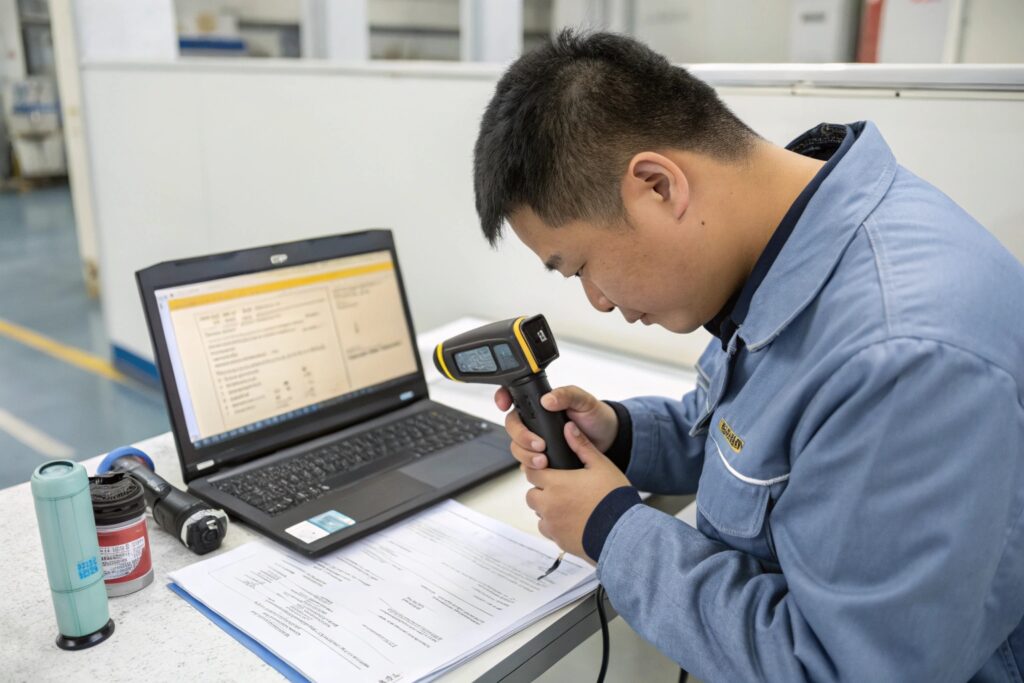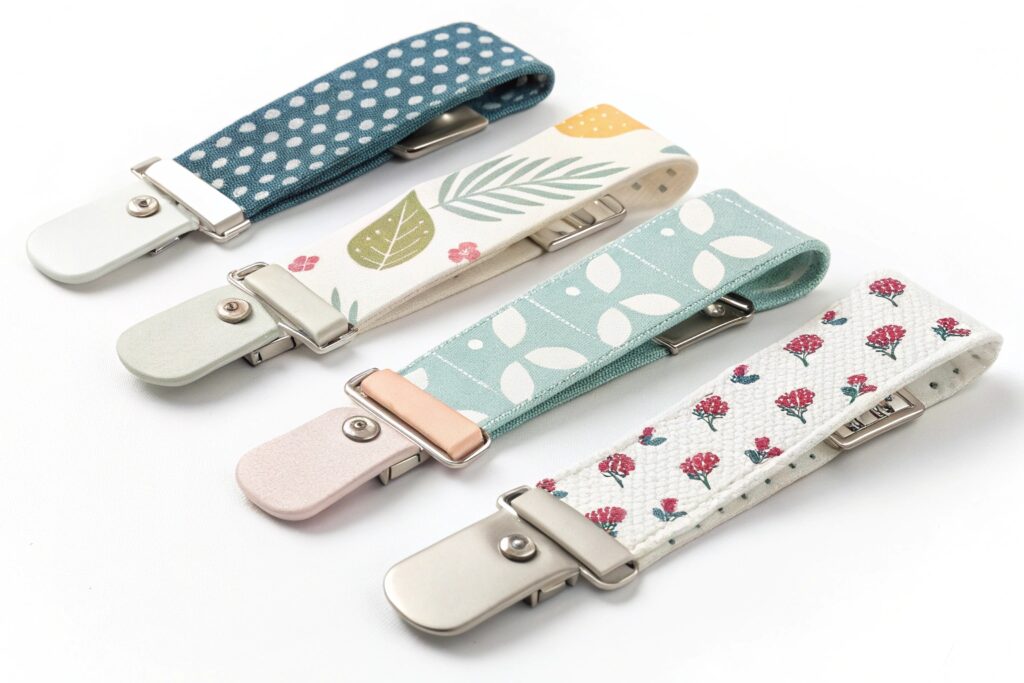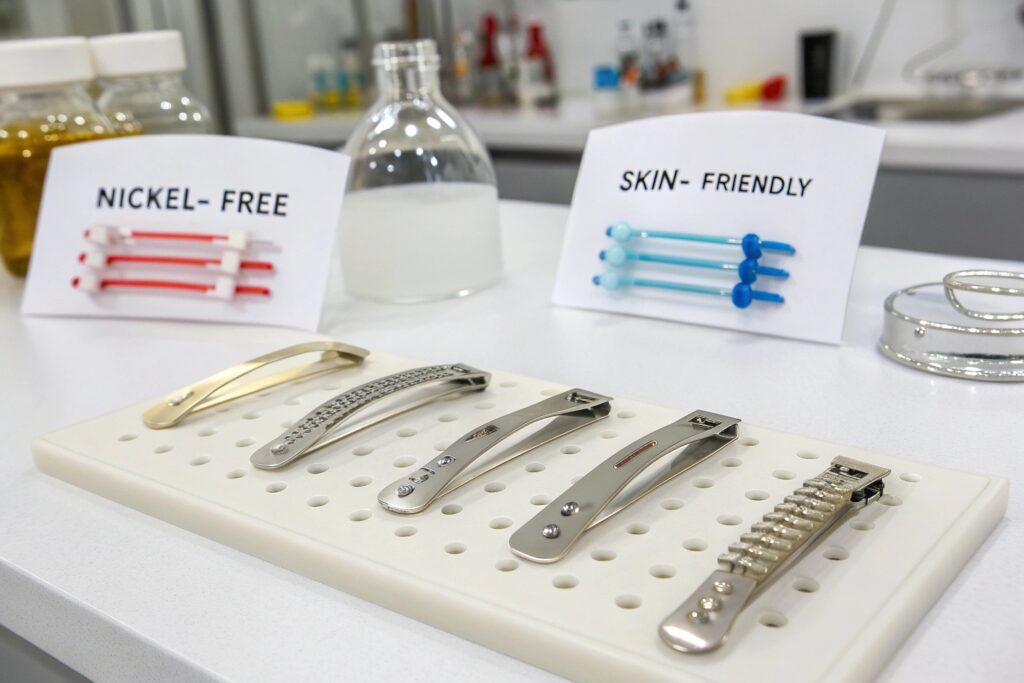The demand for hypoallergenic hair accessories has grown dramatically, especially among markets targeting babies, children, and individuals with sensitive skin. E-commerce sellers, boutique brands, and supermarkets are now prioritizing clips made from materials that reduce irritation and allergic reactions. But with so many factories offering similar products, how do you truly source clips that are safe and skin-friendly?
To source hypoallergenic hair clips effectively, buyers must focus on nickel-free components, certified non-toxic coatings, resin and silicone-based alternatives, and manufacturing partners that comply with international skin safety regulations.
As a manufacturer experienced in working with sensitive-skin product lines, I’ve helped global clients develop safe, stylish, and compliant hair clips that meet market expectations. Here’s what to look for—and avoid—when sourcing hypoallergenic designs.
What Materials Are Truly Hypoallergenic for Hair Clips?
The most common skin reaction to hair accessories comes from metals—especially low-grade alloys with nickel, zinc, or chromium. In sensitive-skin markets, even small exposure can cause redness, swelling, or itching.
Hypoallergenic hair clips use medical-grade stainless steel, nickel-free alloys, BPA-free resin, or food-grade silicone to prevent allergic skin reactions.

Which Metals Are Considered Safe?
We recommend 316L stainless steel—the same used in surgical instruments—as the standard for safe metal clips. It's non-corrosive, hypoallergenic, and durable. Another option is nickel-free brass with anti-tarnish coating, which many clients in Japan and Germany prefer.
What About Plastic and Silicone Alternatives?
For non-metal clips, we use BPA-free resin, TPE, or soft-touch silicone, especially for baby or toddler clips. These materials are gentle on the scalp and hold certifications like REACH and CPSIA compliance for toxicology and safety.
How Do You Verify Safety and Compliance?
Claims like “hypoallergenic” or “safe for kids” are meaningless without documentation. Smart buyers ask for certifications and test reports to verify claims—especially when selling in regulated markets like the EU or US.
Hypoallergenic hair clip manufacturers should provide chemical safety tests, nickel-release reports, and documentation from third-party labs certifying compliance with CPSIA, REACH, or EN71 standards.

What Certifications Should You Request?
- REACH (EU) for chemical composition
- CPSIA (USA) for child-safe materials
- Nickel Release Test (ISO 24348)
- EN71-3 for migration of certain elements in toys and accessories
We regularly work with SGS, Intertek, and TÜV Rheinland for third-party testing. Many buyers include test report links in product listings to boost customer trust.
How Often Should Testing Be Done?
For ongoing collections, annual batch testing is standard. For new materials or colorants, we recommend pre-shipment verification. We maintain a “low-risk color book” to help buyers select dyes and materials with a history of compliance.
What Product Features Improve Comfort for Sensitive-Skin Users?
Materials matter, but design plays a big role too. Even a safe material can cause friction or pressure discomfort. That’s why we also focus on skin-contact design features that prevent abrasion and scalp irritation.
Design features like fabric-wrapped springs, soft-grip pads, no-slip inserts, and rounded edges make hypoallergenic hair clips more comfortable for sensitive users.

What Is a Soft-Contact Clip?
Soft-contact clips are metal-free or coated designs wrapped in fabric, ribbon, or silicone. For example, baby clips are often backed with felt or suede to avoid scalp pressure. In our factory, we also insert TPE cushioning into claw clip hinges for added softness.
What Makes a Clip “Safe” for Babies?
No sharp corners, small parts that can detach, or toxic coatings. We use heat-pressure bonding (not glue) for most kids’ clips to prevent chemical exposure. Plus, all parts pass 8lb tension tests to ensure durability.
Where Can You Find Reliable Hypoallergenic Clip Suppliers?
Sourcing hypoallergenic products is about more than price. You need a supplier who understands sensitive-skin buyers and who supports you with proper materials, reports, and packaging.
Reliable hypoallergenic hair clip suppliers offer certification, testing support, traceability, low MOQs for testing, and packaging that highlights skin-safe claims.

What Should a Good Supplier Provide?
- Documentation folder with PDFs of reports
- Consistent material sourcing
- Molded or printed “Nickel-Free” indicators
- Branded packaging with skin-safety claims
We also include batch numbers for every shipment so clients can trace any issue back to production. Many sellers on Etsy and Notonthehighstreet use our private-label skin-safe clip lines for this reason.
Can You Get Custom Designs with Hypoallergenic Features?
Yes. We offer custom molds using certified materials. You can choose color-safe dyes, non-toxic paint, and ergonomic formats—all with under-500 MOQs. We also support Amazon Transparency and barcode tracking to show your customers that safety is backed by data.
Conclusion
Sensitive-skin consumers—from parents to wellness shoppers—are demanding more from hair clip brands. It’s no longer enough to be cute. Your clips must also be safe, hypoallergenic, and verifiably compliant. At HairAcc, we help you source materials that meet international standards, provide test documentation, and design products that comfort rather than irritate. Whether you’re building a baby-safe line or launching a sensitive-skin collection, we have the tools and experience to make it happen—with safety and beauty in perfect balance.









